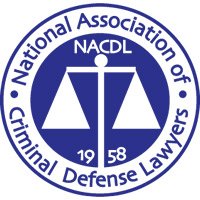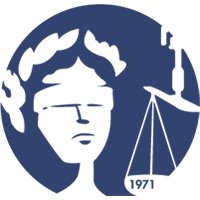SEARCHES OF RURAL AREAS AND OPEN FIELDS
In determining whether a non-physical intrusion constitutes a “search” requiring a warrant, courts had moved away from the “open fields” doctrine of Hester v. U.S., 265 U.S. 57, 44 S.Ct. 445, 68 L.Ed.2d 898 (1924) towards the Katz “reasonable expectation of privacy” “two distinct questions” analysis.
Smith v. Maryland, 442 U.S. 735, 99 S.Ct. 2577, 61 L.Ed. (1979) [installation of pen-registers, two-tiered test]. “The first is whether the individual, by his conduct, has ‘exhibited an actual (subjective) expectation of privacy’, …whether …the individual has shown that ‘he seeks to preserve [something] as private The second question is whether the individual’s subjective expectation of privacy is ‘one that society is prepared to recognize as ‘reasonable’, …whether …the individual’s expectation, viewed objectively, is ‘justifiable’ under the circumstances.” Smith v. Maryland, 442 U.S. at 739.
However, the Supreme Court held Hester’s “open fields” doctrine still viable under Katz-type analysis. “Open fields do not provide the setting for those intimate activities that the Fourth Amendment is intended to shelter from government interference or surveillance”. Oliver v. U.S., 466 U.S. 170, 179, 104 S.Ct. 1735, 80 L.Ed.2d 214, 224 (1984).
In Oliver, the Court defined the term “open fields” to include “any unoccupied or undeveloped area outside the curtilage”. Oliver v. U.S., 466 U.S. at 180.











